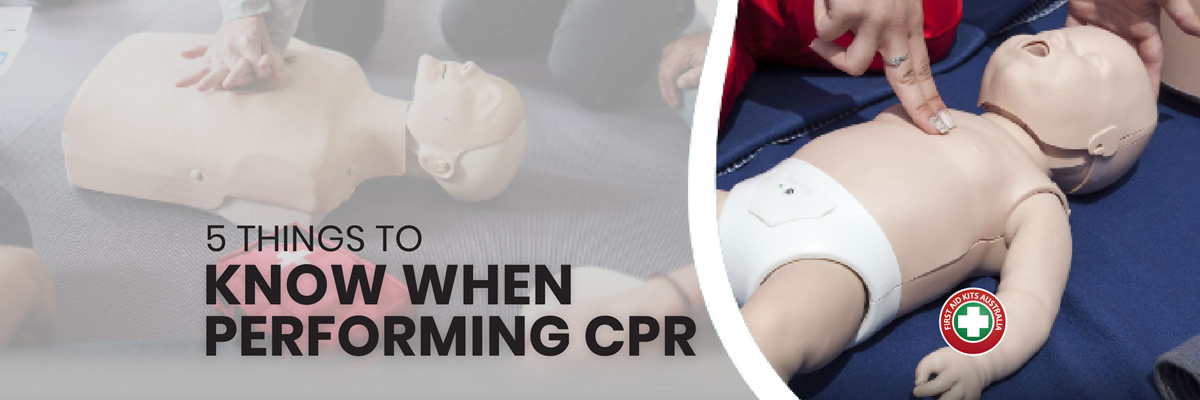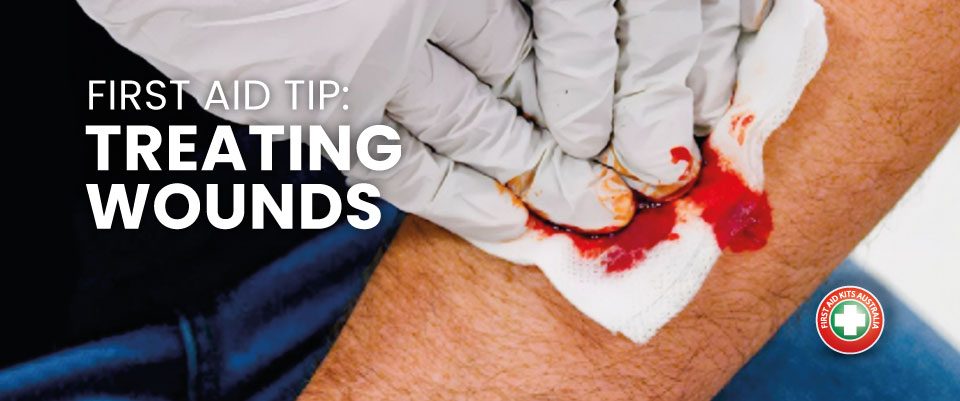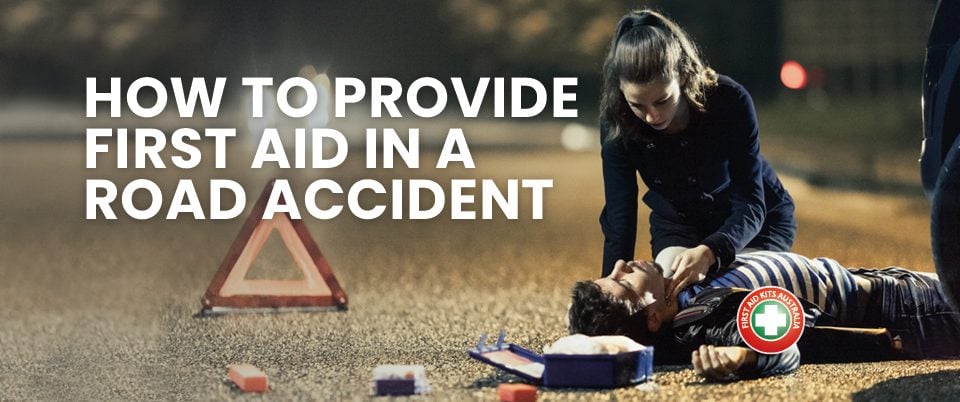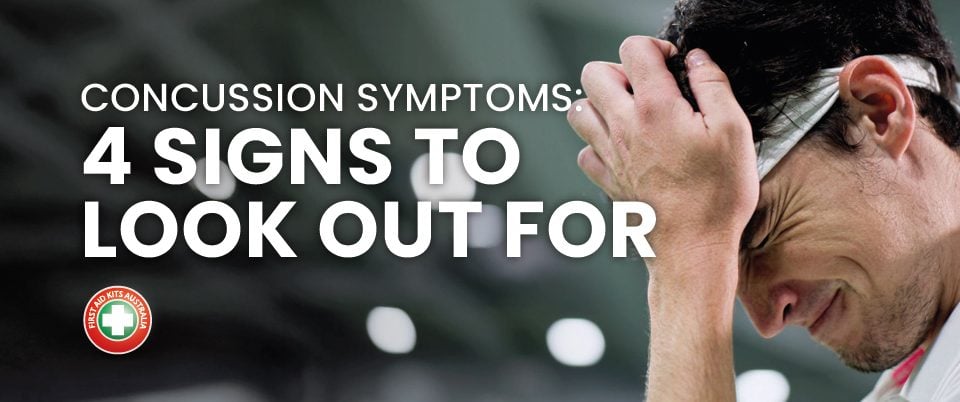
Valentine’s Day Sale
6 February 2020
First Aid Kits for Sports Clubs & Trainers Sale
16 February 2020You never know when CPR is going to be needed, nor who will need it. But, what is certain is that CPR is the only thing you can do if the person isn’t breathing that has a real chance of saving their lives. You can perform CPR on everyone as long as you know how to do it.
To be prepared to save someone’s life, here are some points you should keep in mind when performing CPR on adults, seniors, and infants.
For adults:
Follow the DRSABCD formula:
- Danger: always check the danger to you, any bystanders and then the injured or ill person. Make sure you do not put yourself in danger when going to the assistance of another person.
- Response: is the person conscious? Do they respond when you talk to them? Touch their hands or squeeze their shoulder.
- Send for Help: call triple zero (000). Don’t forget to answer the questions asked by the operator.
- Airway: Is the person’s airway clear?
- Breathing: check for breathing by looking for chest movements (up and down). Listen by putting your ear near to their mouth and nose. Feel for breathing by putting your hand on the lower part of their chest. If the person is unconscious but breathing, turn them onto their side, carefully ensuring that you keep their head, neck, and spine in alignment. Monitor their breathing until you hand over to the medical team.
- CPR: if an adult is unconscious and not breathing, make sure they are flat on their back and then place the heel of one hand in the centre of their chest and your other hand on top. Press down firmly and smoothly (compressing to one-third of their chest depth) 30 times. Give two breaths. To get the breath in, tilt their head back gently by lifting their chin. Pinch their nostrils closed, place your open mouth firmly over their open mouth and blow firmly into their mouth. Keep going with the 30 compressions and two breaths at the speed of approximately five repeats in two minutes until you hand over to the medical officers or another trained person, or until the person you are resuscitating responds.
The method of giving CPR for children under eight and babies is very similar and you can learn these skills in a CPR course. - Defibrillator: for unconscious adults who are not breathing, apply an Automated External Defibrillator (AED) if one is available. They are available in many public places, clubs, and organizations. An AED is a machine that delivers an electrical shock to cancel any irregular heartbeat (arrhythmia), in an effort get the normal heart beating to re-establish itself. The devices are very simple to operate. Just follow the instructions and pictures on the machine, and on the package of the pads, as well as the voice prompts. If the person responds to defibrillation, turn them onto their side and tilt their head to maintain their airway. Some AEDs may not be suitable for children.
If the person wakes up, Review their condition (coughing, movement or normal breathing). If the person is breathing on their own, stop CPR and place them on their side with their head tilted back.
A few things to take into account are:
- You don’t need to do provide breaths, it’s enough giving compressions
- Compressions don’t require strength but the right technique
For infants (up to 1-year-old)
- Lie the baby or child on their back.
- Start compressions.
- Use 2 fingers for a baby. Press in the center of the chest, pushing down to a third of the depth of the chest. (Pressing down and releasing is 1 compression).
- Do 30 compressions, then pause briefly and give 2 breaths, placing your mouth over the child’s mouth with their nose pinched.
- Put your mouth over their mouth and nose. Keep repeating 30 compressions and 2 breaths.
For Seniors and Children, you should use the same considerations as you do with adults, taking notice of how fragile elderly people are, and knowing that the risk of a broken rib is real but it’s no price when facing death.
All in all, CPR is something very important to learn. It can literally mean the difference between life and death.
Book your course at Fluid First Aid and be prepared to save lives today!





